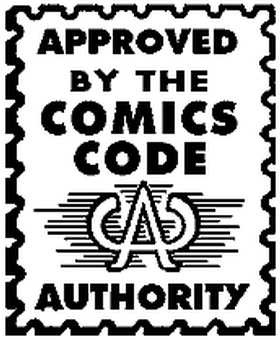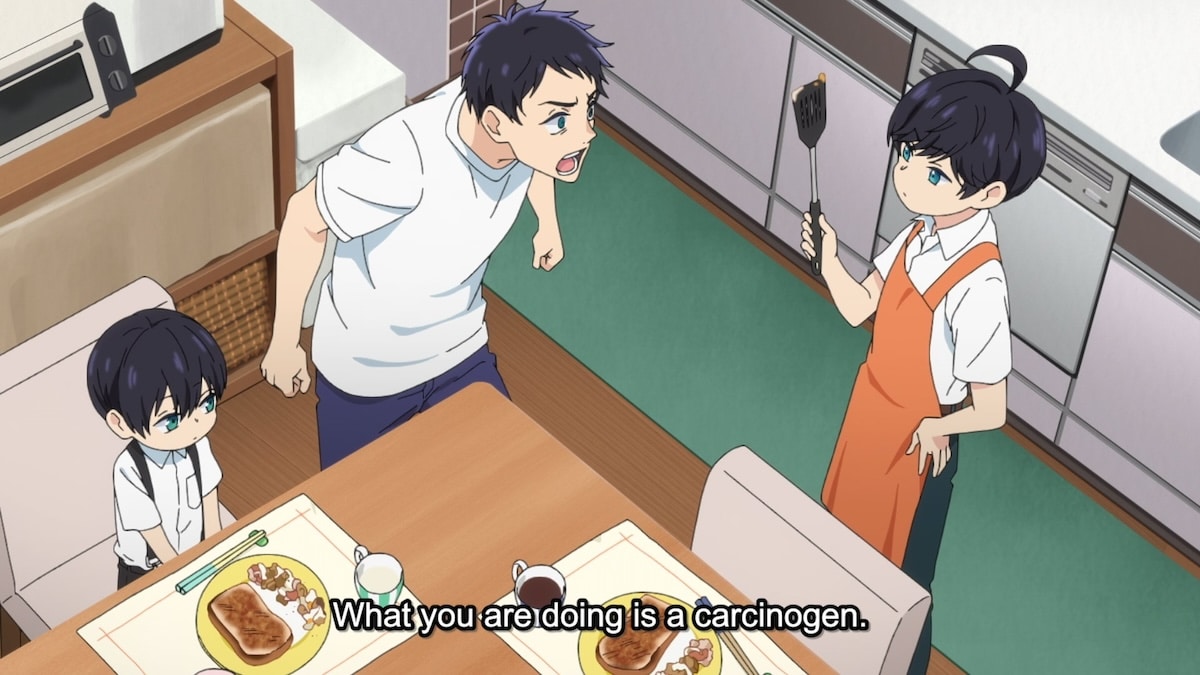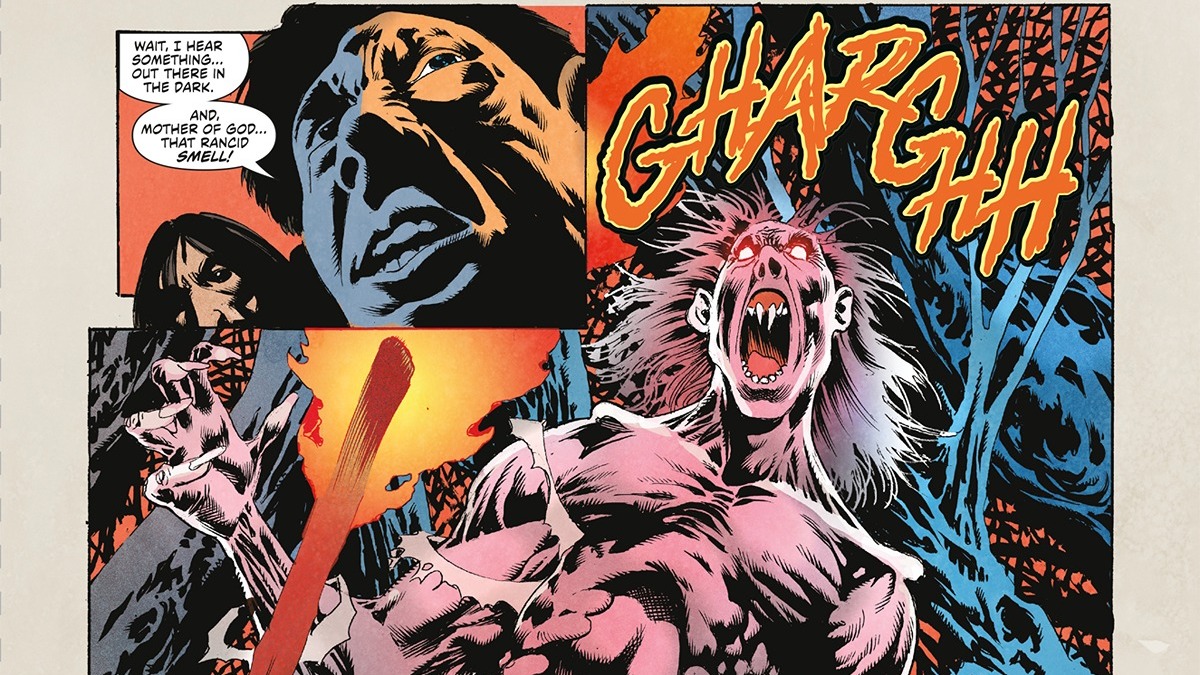Over on the various DC blogs, Jim Lee and Dan DiDio have announced that DC is pulling out of the Comics Code in favor of a multi-layer ratings system:
As of January 2011, DC Comics titles will no longer carry the Comics Code Authority Seal of Approval. In 2011, DC Comics will employ a rating system consistent with that of the rest of the industry, as well as with our digital releases, which already utilize a rating system. As for our Vertigo comic books, they will not utilize the rating system, because they will continue to be labeled as “For Mature Readers”.
Beginning with our April 2011 titles, all DC comic book covers will utilize the following rating system:
E – EVERYONE
Appropriate for readers of all ages. May contain cartoon violence and/or some comic mischief.
T – TEEN
Appropriate for readers age 12 and older. May contain mild violence, language and/or suggestive themes.
T+ – TEEN PLUS
Appropriate for readers age 16 and older. May contain moderate violence, mild profanity, graphic imagery and/or suggestive themes.
M – MATURE
Appropriate for readers age 18 and older. May contain intense violence, extensive profanity, nudity, sexual themes and other content suitable only for older readers.
The Comics Code Seal is now found only on the covers of Bongo and Archie covers. It’s the last lingering effect of the Wertham/Keufauver era in the 50s when comics were blamed for all the nations ills and a ratings system was seen as the only way to save children from the menace of sex and drugs. Once it was still a powerful force for censorship — DC famously removed the seal from its anti-drug Green Lantern/Green Arrow issues because of the Code’s draconian no drug use rules — and the annual code meetings — where publishers would gather to raise eyebrows at one another — have spawned a lore all their own.
Marvel left the Code a few years ago, and DC’s leaving hastens the perception that the Code had joined the pile of quaint comics conventions, along with color charts and sea monkey ads.
From a more practical point of view, this seems means that DC can now more accurately label comics that contain material that appeals to varying age groups. Giant boobs alone would be T for Teen, say, while dead cat swinging and erectile difficulties would probably be Teen+. Or something like that. Anyway, all the peeing and threesomes and disembowelings and other risky story elements DC has been using of late can be properly labeled now.








One question is whether the parent organization, the CMAA (Comics Magazine Association of America) continues in any way or shape — it had racking services beyond the Code itself, once upon a time. It also had a hand in getting racks at grocery checkout, IIRC, and may also have been part of the color-code on newsstand books in the 1970s (little splotches of ink on the edges of pages so newsdealers could see which week’s books to take off sale).
There’s no site for the association itself, but it looks like it’s still being managed by Kellen Company, a NY association services group — http://www.kellencompany.com/solutions_trade.html. Holly Munter Koenig is still there, looks like — she was the spokesperson some years ago when Marvel left.
The “Speedy’s a junkie!” book *did* get the Comics Code’s seal of approval. The previous year’s Spider-Man anti-drug story (issues 94-96, I think) didn’t carry the CCA’s stamp, and led to a revision of their policies.
Anyway, all the peeing and threesomes and disembowelings and other risky story elements DC has been using of late can be properly labeled now.
____________________________________
I highly doubt that.
“Anyway, all the peeing and threesomes and disembowelings and other risky story elements DC has been using of late can be properly labeled now.”
Threesomes in DC Comics? Ok … missed this one … where did this occur??
I keep seeing people “reporting” that Bongo still carries the code. Unless I’ve gone selectively blind, or the code appears on only the newsstand copies and not the direct market copies, Bongo dropped the CCA approval almost a year ago.
I wonder if there will be any major creator push back this time? Probably not.
@Rich
It’s a reference to the line from “Cry for Justice,” where Green Arrow alludes to a threesome between Hal Jordan, Huntress and Lady Blackhawk.
You are correct, Bob. Bongo did drop the code early last year.
I wonder if Archie’s membership in the Code is a legacy of John L. Goldwater being president of the CMAA for 25 years?
Here’s a tax report from 2008:
http://www.faqs.org/tax-exempt/NY/Comics-Magazine-Association-Of-America-Inc.html
The CMAA was pretty much irrelevant in 1995, when Dark Horse and Image began distributing their comics to newsstands.
They did actively promote comics in the 1950s, especially in supermarkets.
I wouldn’t be surprised if Archie adopts a “Dell Pledge to Parents” policy in the near future.
The CMAA has been closely tied to Archie since the beginning. As the story goes, Archie or the CMAA had some hand in introducing grocery-checkout-line racking, which is why Archie is still able to place digests into these highly expensive locations — it’s grandfathered in.
Disney Adventures went into those positions under some arrangement; Heidi would probably know more given her experience there.
I support the multi-level ratings system like those used on video games- I won’t have to guess what’s appropriate for my child anymore. Of course that’s until “ratings creep” seeps in and makes an “M” rating undesirable or limits where they can be sold.
Nerd alert: Green Lantern/Green Arrow #85 (the Speedy-on-drugs issue) was, in fact, Code-approved. However, Amazing Spider-Man #96-98 was a set of three issues about drug use, and none of those were Code-approved. The Spider-Man issues predated the GL/GA issue by a few months.
Damin–I had the Spidey issues wrong, but I mentioned that in the second post.
It’s pretty strange to think that Stan got in trouble for even *mentioning* drug use in his story, but once the Code was revised, DC could actually depict a superhero getting ready to shoot up on the front cover.